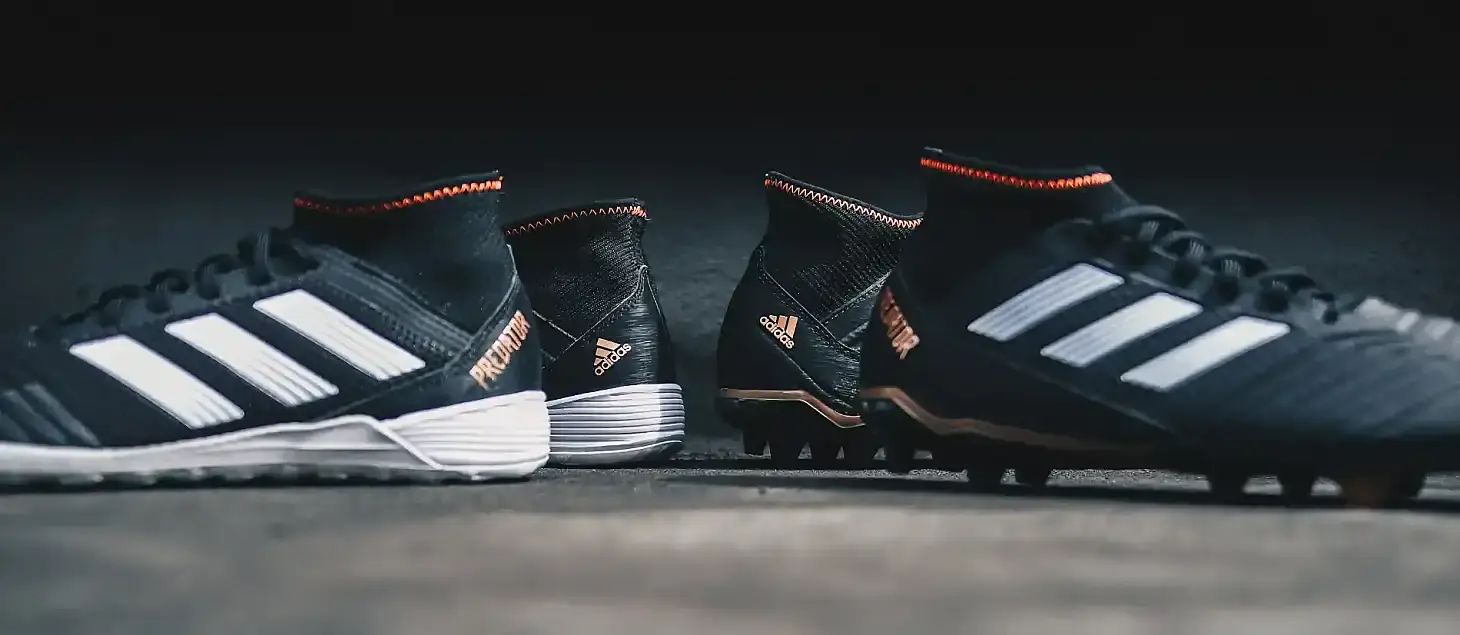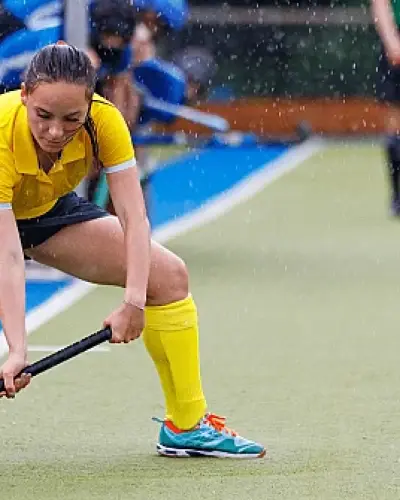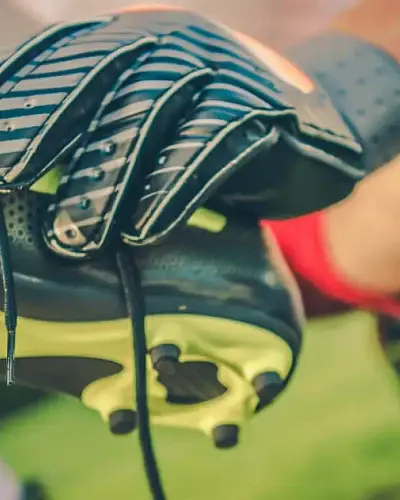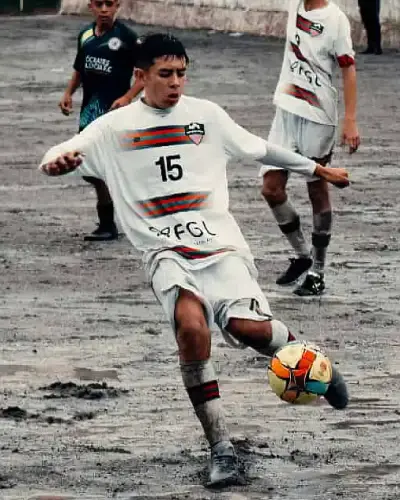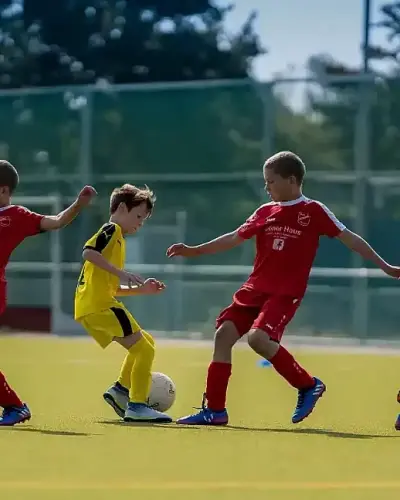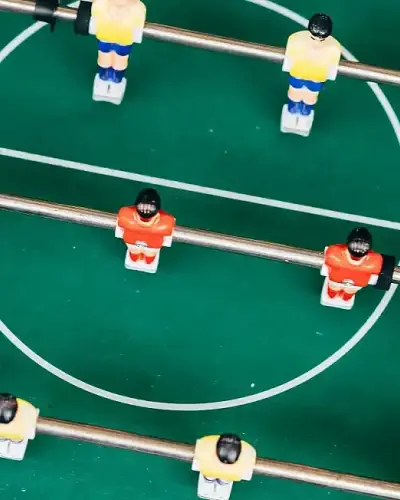Types of Soles and Studs in Football Boots
What’s Underneath Matters – A Guide to Different Types of Football Boot Soles
For football players to move efficiently across the pitch and strike the ball with precision, having the right footwear is essential. However, the variety of football boots available can be overwhelming, as different types of soles are designed for specific playing surfaces. Below is an overview of the most common football boot sole types and their ideal playing conditions.
Football Boots with Flat Soles
In addition to regular athletic shoes, there are football boots with simple flat soles designed for indoor use. These boots are specifically made for playing on hard court surfaces, providing the necessary grip to prevent slipping. Their soles are typically made of non-marking rubber, ensuring they don’t leave streaks or scuff marks on indoor flooring.
Studs vs. Moulded Cleats
While smooth-soled boots are perfect for indoor play, most football boots for outdoor surfaces feature raised cleats or studs instead of a flat profile. In English, these are generally referred to as "studs" or "spikes." However, in German, there is a specific distinction:
- Metal-tipped studs (Aluminium) = "Stollen"
- Hard plastic cleats = "Nocken"
Understanding this difference is crucial because studded and cleated football boots are designed for different types of pitches. Additionally, boots with metal studs typically allow players to replace individual studs when they wear down, whereas boots with moulded plastic cleats require sole replacement or a new pair of boots altogether.
Moulded Cleats ("Nocken") – For Harder Surfaces
Moulded cleats are ideal for firmer playing surfaces, such as:
✔ Hard ground pitches
✔ Artificial turf (older generations)
✔ Ash-covered surfaces
The design of moulded cleats ensures that they dig slightly into the ground without sinking too deep. Since hard pitches offer more natural grip and less risk of slipping, these boots focus on comfort and surface protection rather than deep traction. Using metal studs on hard surfaces would damage the field, leading to costly repairs.
Variations in Moulded Cleats
Different manufacturers offer their own designs, with some boots closely resembling traditional studded boots (better for natural grass) and others featuring shorter, more numerous cleats, making them ideal for rubber or hard surfaces. There are also hybrid models designed for both grass and artificial ground.
Studded Boots ("Stollen") – For Softer Surfaces
Traditional studded boots are designed for soft ground, such as:
✔ Natural grass (especially soft or wet pitches)
✔ Mud-heavy fields
The longer, metal studs penetrate deep into soft ground, providing increased stability and reducing the likelihood of slipping on wet, muddy, or highly flexible surfaces.
Hybrid Studded Boots
Some modern hybrid studded boots are designed to work on both soft and firmer grass pitches, but they are strictly for natural turf only. Studded boots are generally not permitted on artificial turf, as they can damage the surface and increase injury risks.
Conclusion
Choosing the right football boots depends on where you play. While moulded cleats offer versatility for firm ground and artificial turf, studded boots are essential for soft, natural pitches. Investing in the right pair ensures better grip, safety, and performance on the field.
